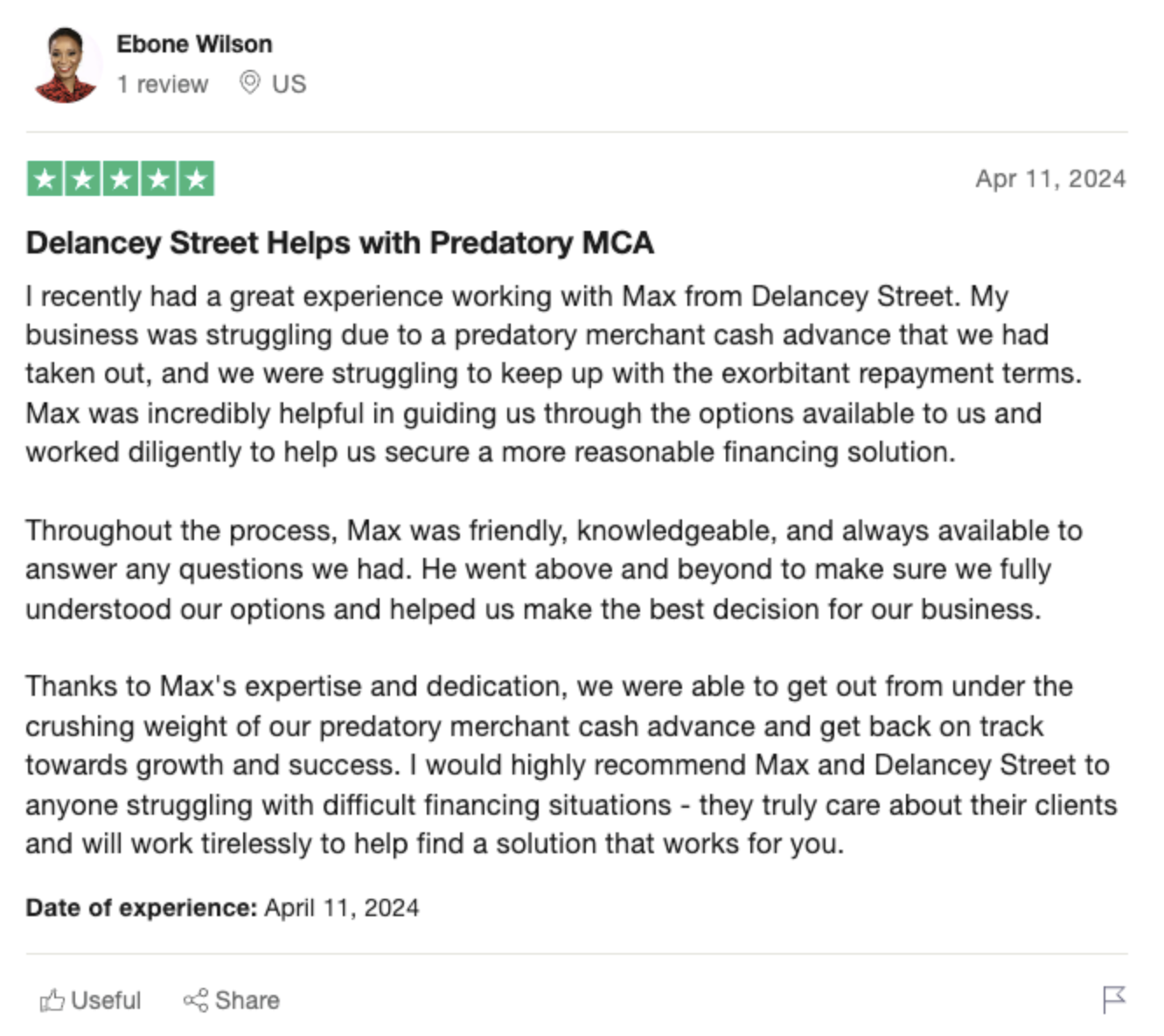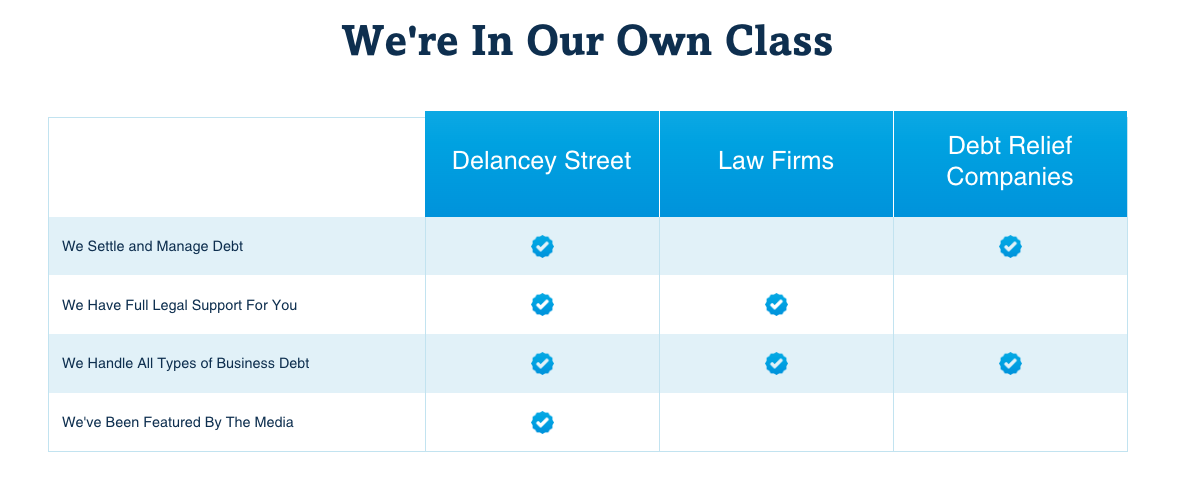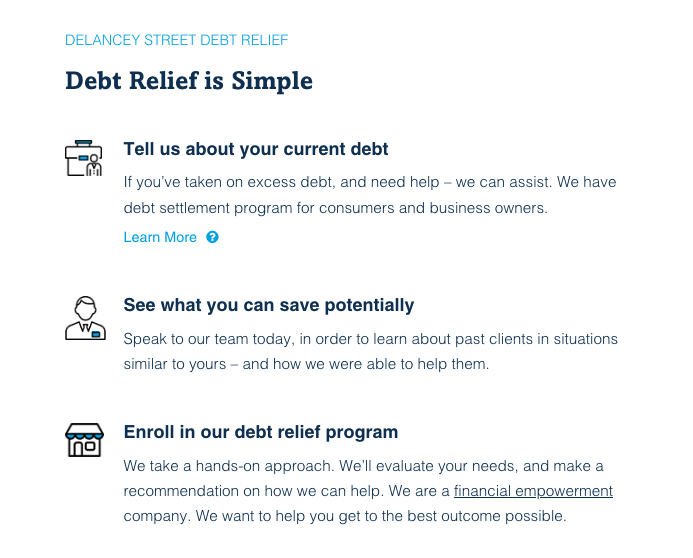How To Develop A Debt Repayment Plan That Actually Works
Getting Out of Debt Starts With a Solid Plan
Being in debt is stressful – and it can feel like you’re drowning with no way out. But here’s the thing, you absolutely can get out of debt; it just takes some hard work and a solid game plan. As a debt advisor, I’ve helped countless people get their finances back on track by developing personalized debt repayment plans that work for their unique situations.The key is taking it step-by-step and not getting overwhelmed. We’re going to break this down into manageable chunks so you can tackle your debt head-on. Just know that you’ve got this – and I‘ll be right here offering tips and advice along the way. Let‘s get started!
Step 1: Get a Clear Picture of What You Owe
The first step is getting crystal clear on your full debt situation. This means listing out all your debts – from credit cards, to student loans, personal loans, medical bills, etc. For each debt, note:
 -
-- The lender/creditor
- The total amount owed
- The minimum monthly payment
- The interest rate
Don’t leave anything out, even if it’s a small debt. Having the full picture is crucial for setting up a solid repayment plan.Seeing all those numbers on paper can be overwhelming at first. But look at it this way – you’re taking the first big step towards getting out of debt for good. You’ve got this!
Step 2: Understand Your Monthly Finances
Next, you need to get clear on your monthly income and expenses. Why? Because you can’t develop a realistic debt repayment plan without knowing exactly how much you can afford to put towards your debts each month.For income, note your take-home pay from all sources (job(s), side gigs, etc). Be sure to subtract any deductions that come out before you get paid.Then list out all your monthly expenses – rent/mortgage, utilities, groceries, gas, subscriptions, etc. Don’t guesstimate here – go through past bank/credit card statements to get accurate numbers.Subtract your total expenses from your total income to see how much you have leftover each month to put towards debt payments.
Step 3: Explore Debt Relief Options
Depending on your debt amount and situation, it may make sense to look into debt relief options before setting up a repayment plan. Some possibilities to explore:
- Debt consolidation loan: This allows you to combine multiple debts into one new loan, ideally with a lower interest rate. This can simplify payments and reduce interest costs over time.
- Debt settlement: You negotiate lump-sum payments with creditors for less than the full balance owed. This can seriously reduce your debt, but may impact your credit.
- Bankruptcy: This is an option for overwhelming debt that you can’t reasonably repay. It will damage your credit significantly, but can give you a fresh start.
There are pros and cons to each approach, so do your research. You can also speak to a debt relief professional (like me!) to understand your best path forward based on your unique circumstances.
 -
-Step 4: Choose a Repayment Strategy
If you’ve decided to repay your debts in full, you’ll need to choose a strategy that works for your situation. Two of the most common approaches are:The Debt Snowball Method:
- List out all your debts from smallest balance to largest
- Make minimum payments on everything except the smallest debt
- Put as much extra money as possible towards the smallest debt
- Once that’s paid off, roll those payments towards the next smallest debt
- Repeat until all debts are paid
The Debt Avalanche Method:
- List out debts from highest interest rate to lowest
- Make minimum payments on everything except the highest interest debt
- Attack the highest interest debt with all extra money
- Once paid off, roll payments to the next highest interest debt
- Repeat until all debts are paid
Both methods are effective, but the avalanche typically saves more money in interest over time. However, the snowball method gives you quicker “wins” which can help motivate you.There’s no one-size-fits-all here. Look at your debts, interest rates, and personal preferences to decide which approach feels more manageable for you.
Step 5: Negotiate Better Terms
Before finalizing your repayment plan, it‘s worth calling lenders to see if they can offer any better terms. For example:
- See if they’ll reduce your interest rate, even temporarily
- Ask about removing any late fees or penalties
- Inquire about repayment plan options to extend the term
- For credit cards, request a lower credit limit to avoid temptation
You’d be surprised how often lenders are willing to work with you, especially if you explain your situation and commitment to repaying what you owe. It never hurts to ask!
 -
-Step 6: Automate Your Debt Payments
Human beings are forgetful creatures; it’s just a fact. That’s why I always recommend automating your debt payments so you never miss a due date or get hit with late fees.Simply log into your accounts and set up automatic payments for at least the minimum amounts due each month. You can have these withdrawn from your checking account or charged to a credit card if you prefer.By automating the minimum payments, you’ll avoid any accidental missed payments and extra fees. Any additional money you’re putting towards your debt repayment plan can be paid manually each month.
Step 7: Find Ways to Increase Debt Payments
The faster you can get those debt balances down to zero, the better. So in addition to making your planned debt payments each month, get creative about increasing those payment amounts whenever possible.A few ideas:
- Take on a temporary side gig and dedicate all that income to debts
- Cut expenses by reducing luxuries like eating out, cable TV, etc.
- Sell unwanted items around the house
- Put any windfalls directly towards debts (tax refunds, bonuses, etc)
- Consider a debt consolidation loan for a lower interest rate
Increasing payments by even small amounts can drastically reduce how much interest you’ll pay over time and shorten your repayment period.
 -
-Step 8: Check Your Credit Reports
While you’re in debt repayment mode, it’s a good idea to keep close tabs on your credit reports. You’ll want to watch for any errors or signs of potential identity theft that could derail your progress.You can get free annual credit reports from the three major bureaus (Experian, Equifax, TransUnion) at AnnualCreditReport.com. Stagger your requests so you can check one report every four months.If you do find any errors, dispute them immediately following each bureau’s process. Correcting mistakes on your reports can help improve your credit scores as you’re paying down debt.
Step 9: Celebrate Milestones and Stay Motivated
Getting out of debt is a marathon, not a sprint. There will be times when you feel frustrated or want to give up. That’s perfectly normal!But it‘s so important to celebrate your milestones and wins along the way, no matter how small. These little victories will help keep you motivated and focused on the bigger goal.Some milestones to celebrate:
- Paying off your first debt, no matter how small
- Eliminating a credit card balance
- Increasing your credit score
- Paying off 25%, 50%, 75% of your total debt
Even just treating yourself to a modest splurge when you reach certain debt paydown goals can go a long way in keeping your momentum up.
Step 10: Adjust Your Plan as Needed
Life circumstances can change in an instant – jobs, income, expenses, you name it. That’s why it‘s crucial to revisit and adjust your debt repayment plan periodically.For example, if your income increases, put any extra money towards your debt payments to become debt-free faster. If you lose your job or have a baby, you may need to temporarily reduce what you‘re paying.The key is to not view your debt plan as set in stone. It’s a living, breathing strategy that should adapt as your own situation ebbs and flows over time.
Bonus Tips for Successful Debt Repayment
Getting out of debt takes commitment, but you’ve totally got this! Here are some bonus tips to increase your chances of success:
- Find an accountability partner to keep you motivated
- Track your progress towards your debt-free goal
- Unsubscribe from marketing emails to avoid temptation
- Once debts are paid off, start paying yourself by saving aggressively
- Identify your “debt triggers” and have a plan for dealing with them
- Celebrate all your wins, no matter how small!







